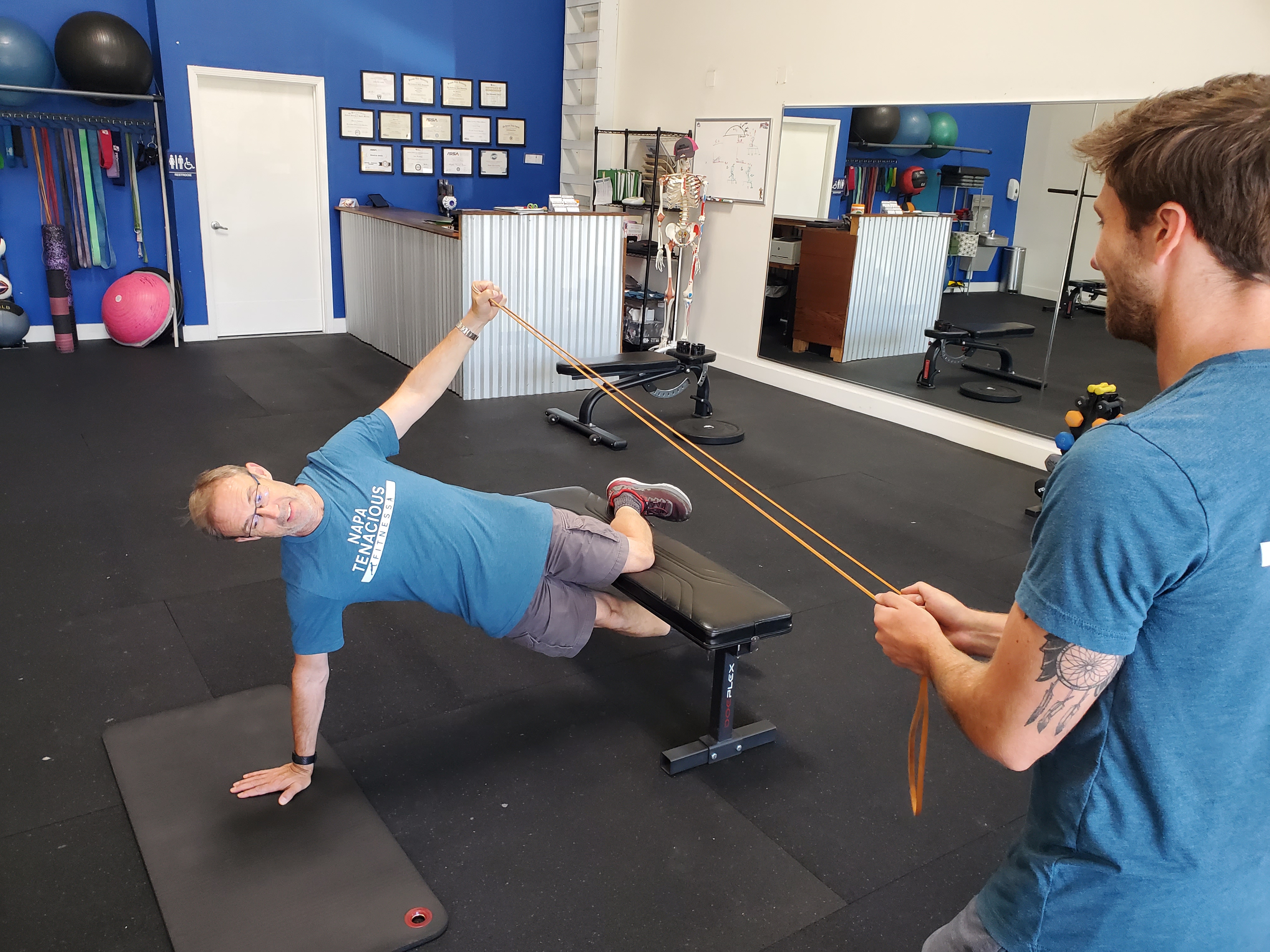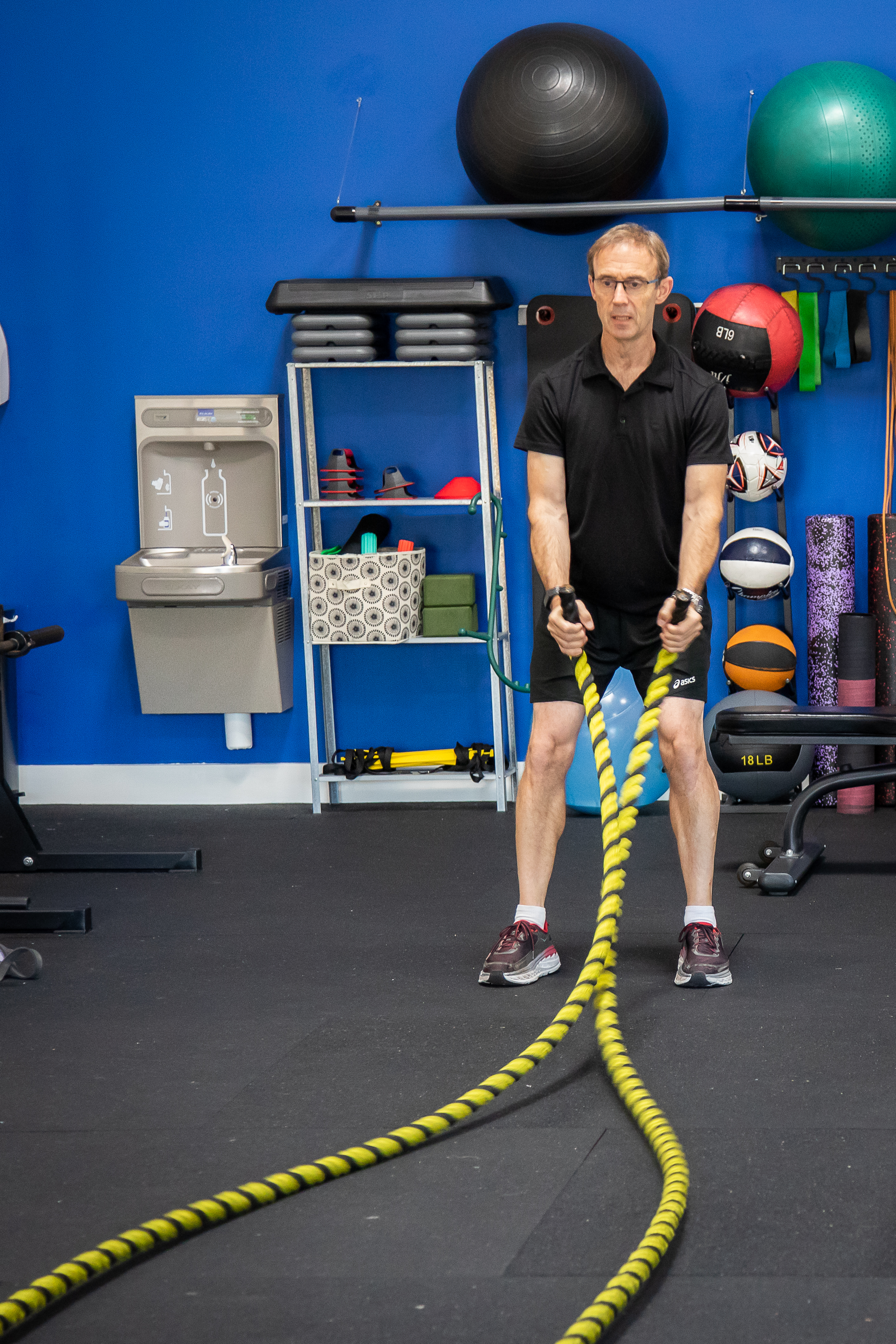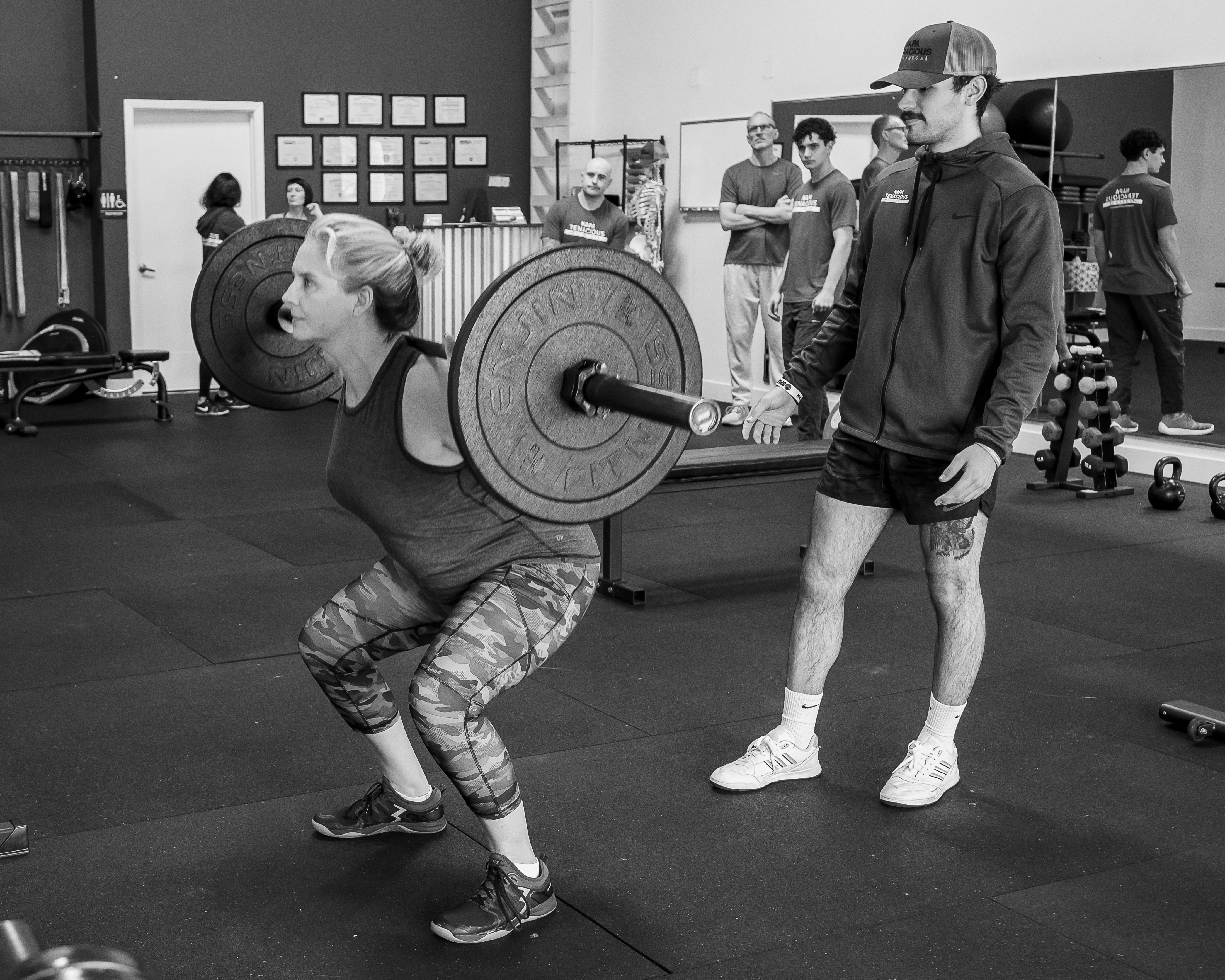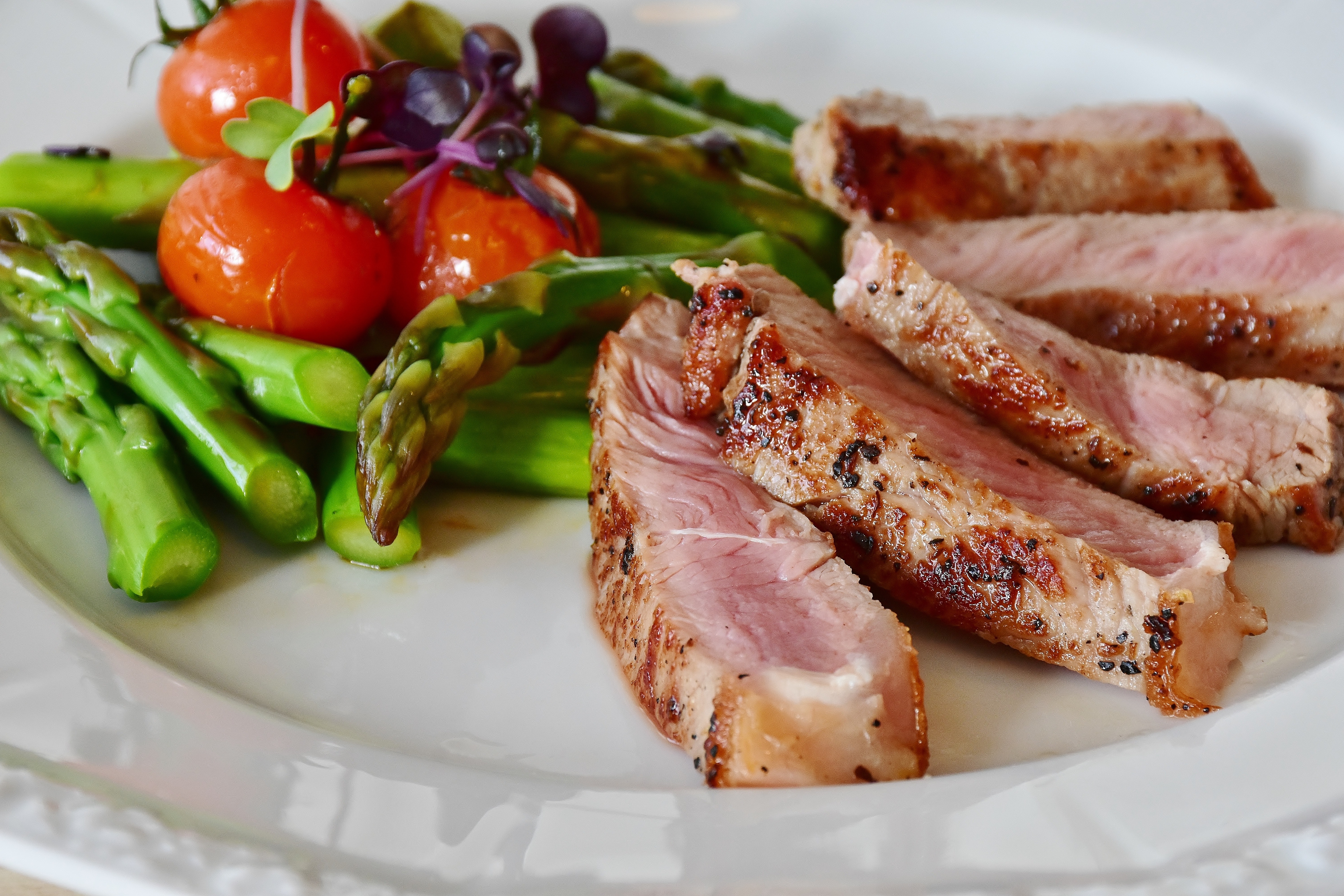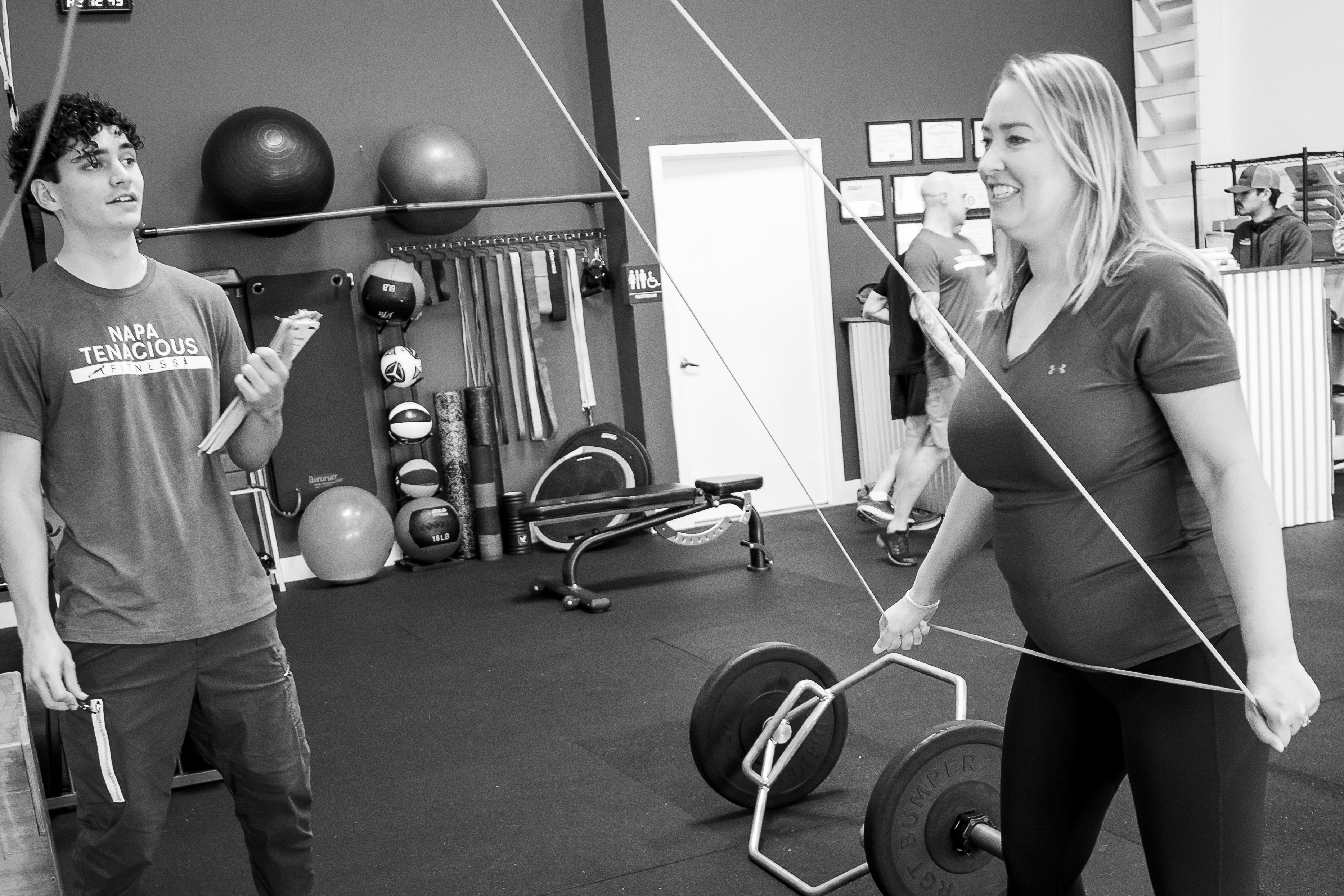After a long week of work, chores, and the demands of being a human in today’s society, the weekends gifts us with a few extra hours to sit back and relax. Kicking your feet up and tuning into a ball game is just one of the many bonuses the slower-paced Saturdays and Sundays allows. There might be a few “honey-do” chores around the house involving tightening screws on the outdoor shed, exchanging a blown-out light bulb for a new one, or pressure washing the cobwebs off the underside of your roof might be requested since the demands of weekday endeavors aren’t as prevalent. For those of you who have young children or grandkids, it should come as no surprise the weekend is a prime time for interacting with these young, energetic, and brilliant beings.
Your weekend lunch might start with assembling your favorite sandwich, entailing a masterful foundation of two slices of yeasty and spongy bread, mouthwatering choices of deli meat, mayonnaise, and pickles. However, opening a jar of pickles might take more effort than first perceived. Grabbing the glass jar with a hand in one orientation and shifting the top hand fitting onto the top of the pickle jar in another position requires a certain amount of strength, coordination, and skill within the muscles of the upper extremities. Opening a new airtight jar of pickles can be difficult for individuals with deconditioned gripping muscles.
Parents of young children in their first years of playing overhead-throwing sports such as baseball, softball, or football might need to drain some of their energy. One could imagine a game of catch isn’t too far away these weekend days. “Mom or dad isn’t working today. Surely, they must want to wake up and throw a ball with me,” might be what is going through the youngster’s mind. In contrast, the words, “I get to put my feet up and watch some YouTube videos and catch up on my shows on Hulu,” might be what’s going through an adults line of thought who devoted forty to fifty hours of their week toward their careers. The last thing we want is to neglect our brilliant protégés by lacking the ability to play a little catch. Playing a few games of catch requires using the fingers, hands, and wrists to catch and throw a ball repeatedly.
A factory-sealed jar of pickles, a loose screw on the cabinet, or a fifteen-minute game of catch with a small human shouldn’t be factors holding us back from enjoying the weekend. Instead of viewing the challenges of opening an airtight glass jar as a rigorous bout of labor, reinforcing hand strength prevents this detour of enjoying a pickle on our sandwiches. Sufficient wrist and finger strength reinforce our hands’ ability to wield a screwdriver and turn it ten times to tighten hinges in our kitchen cabinets. For the parents reading this, strong wrists, elbows, and rotator cuffs are just as important as the ability to get our kids to school on time so we can get out and play some much-needed catch with them.
Exercises such as dumbbell bicep curls, pushups, and shoulder stretches are simple yet effective tactics that significantly improve upper extremity strength. Perhaps achieving a few reps of dumbbell bicep curls two to three days a week can improve finger, wrist, and forearm strength. Additionally, completing a set of ten pushups from the countertop two to three times per week has the potential to improve the strength responsible for extending the arms and holding them in front of the body. Lastly, performing a doorway stretch for thirty seconds daily on each arm can prevent rotator cuff injuries and improve throwing performance.
Setting aside time to relax and unwind is an invaluable theme that seems to be forgotten far too often. However, let’s not forget the body needs strength and endurance to get the most out of these leisurely times. Ensure to input exercises that support our upper body strength and avoid injuries to our wrists, elbows, and shoulders by regularly adhering to routine upper body strengthening exercises.
Sean McCawley, the founder and owner of Napa Tenacious Fitness in Napa, CA, welcomes questions and comments. Reach him at 707-287-2727, napatenacious@gmail.com, or visit the website napatenaciousfitness.com.


